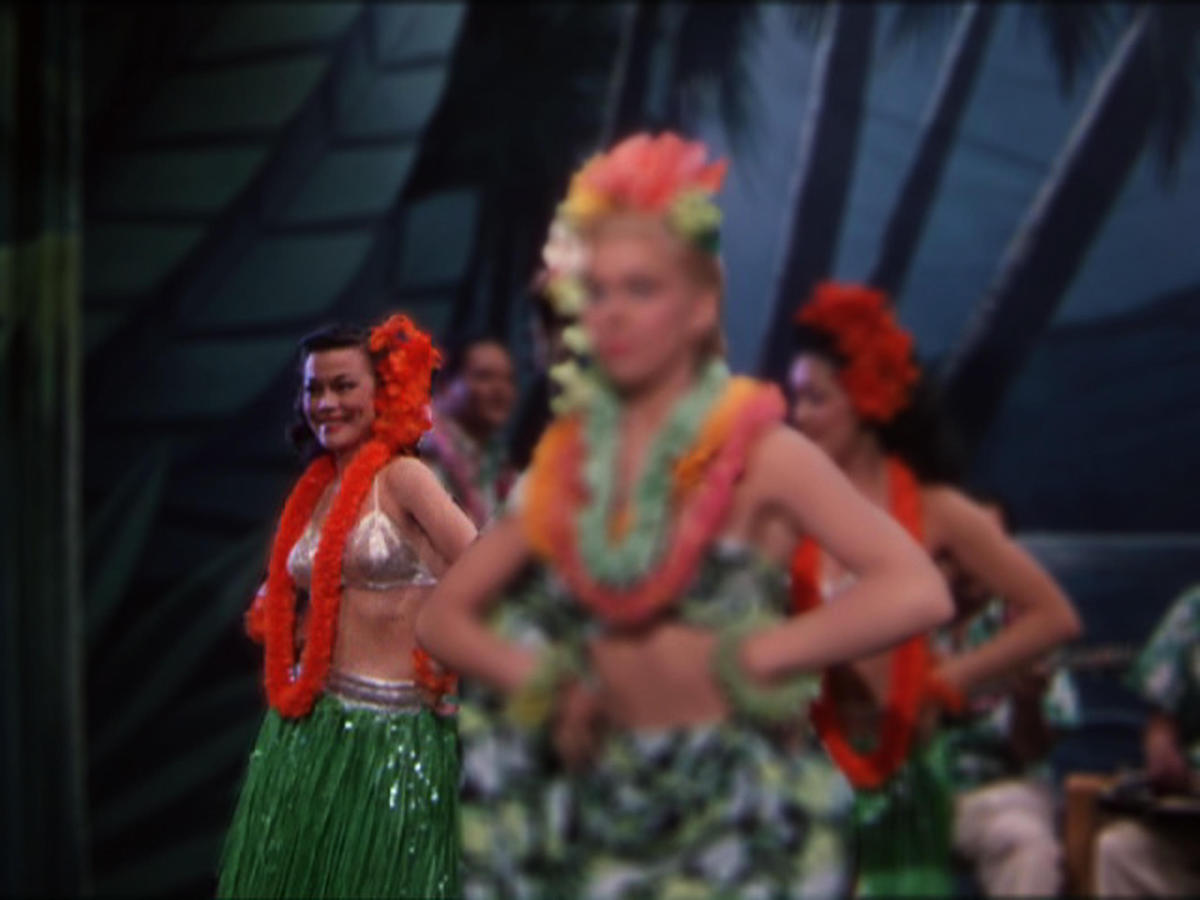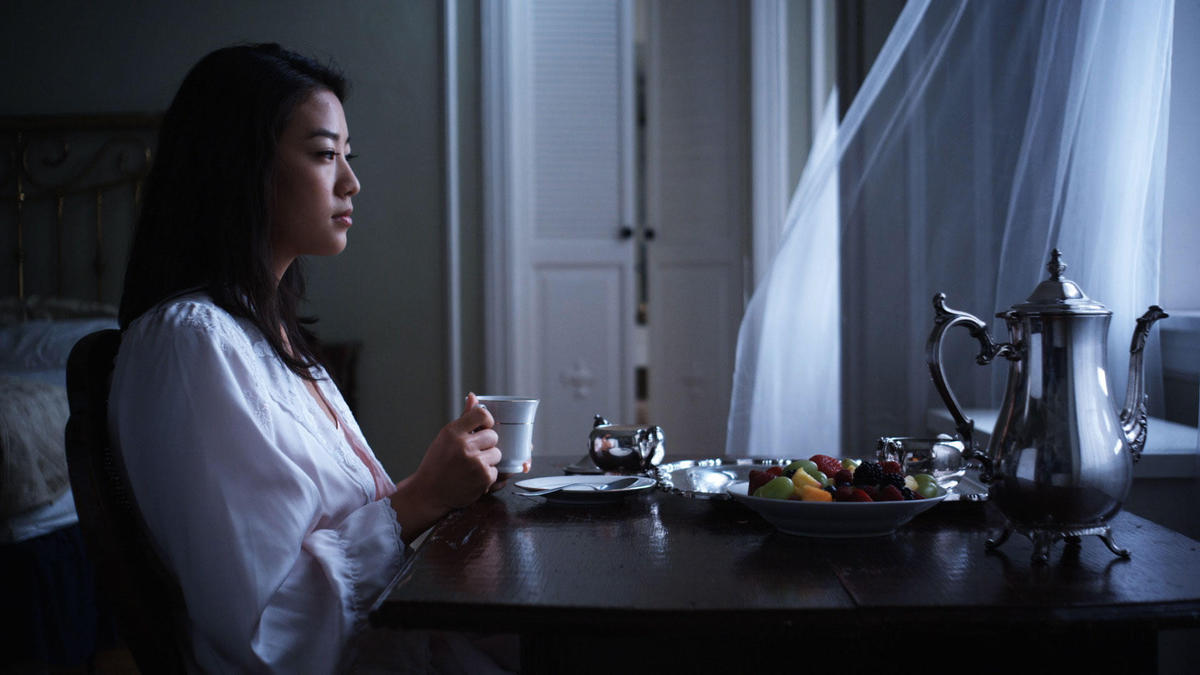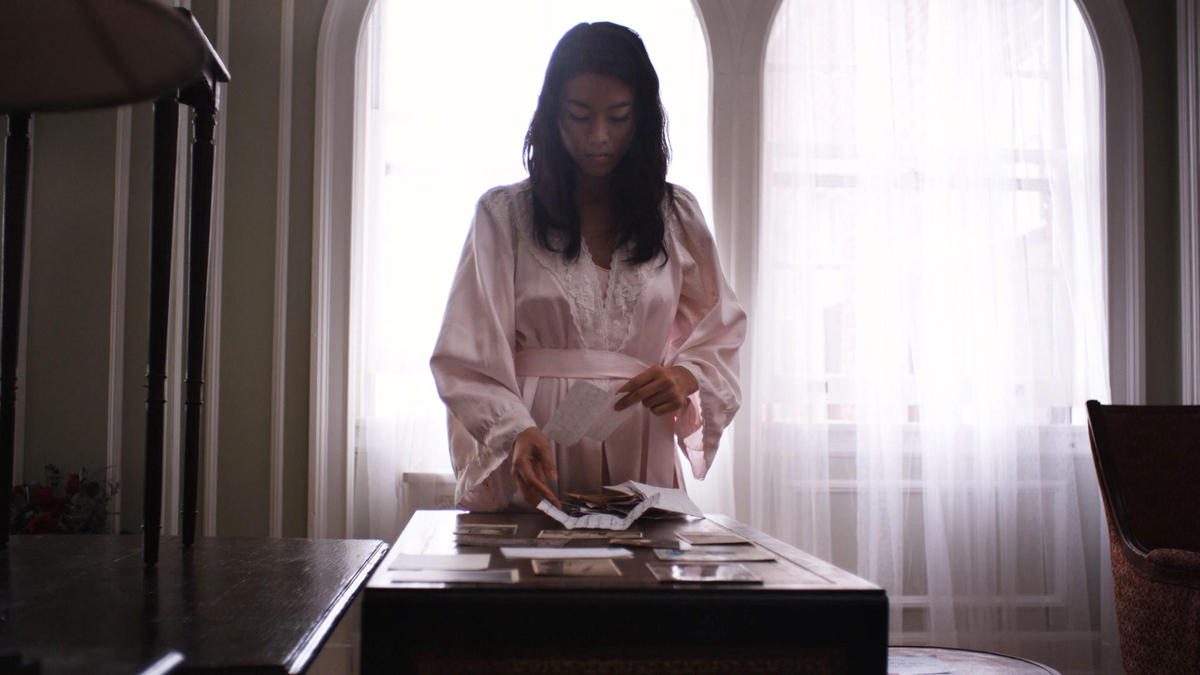
Over the course of a sporadic acting career that spanned nearly four decades, Isabel Rosario Cooper — aka Elizabeth Cooper, aka Dimples Cooper, aka “Chabing” — never found a home in the roles for which she was cast. Having starred in two silent films and one studio motion picture as a girl inthe Philippines, the young actress was whisked away to Washington, DC, in 1929 by General Douglas MacArthur, then the feted field marshal of the Philippine Army. MacArthur kept the wide-eyed Cooper hidden from view, more or less confined to an apartment near his office, for more than three years — then cast her aside. (She received a slim payoff when a muckraking journalist from the Washington Post threatened to expose the general’s sordid affair.)
When Cooper finally made her way to Hollywood in 1940, she found no more than thirteen bit parts — amounting to a total of sixteen and a half known onscreen minutes — before her suicide two decades later. (The cause of death, as announced on June 29, 1960, was an overdose of barbiturates.) Her performances were built around fulfilling the role of the exotic Other, a task that would require brief moments of visual impact and precious little narrative presence. Scottish-Filipina by descent, Cooper’s physical qualities were easily repackaged from one film to the next; her hair, skin, and costume could be done up to suggest the racial and ethnic type necessary for each film’s setting, whether in Japan, China, Thailand, or the American frontier.
The clips that comprise Cooper’s Hollywood output serve as the raw material for Los Angeles–based artist Miljohn Ruperto’s recent 16mm film titled The Appearance of Isabel Rosario Cooper (2007–2009), a chapter in an ongoing project that focuses on the life and afterlife of the late actress. Ruperto has assembled the pieces of Cooper’s career into a sixteen-and-a-half-minute loop, not unlike an actor’s reel, that foregrounds her presence in each film. Backgrounds and surrounding details have been digitally blurred by the artist, frame by frame, in order to direct our attention toward Cooper, recast as each scene’s central protagonist. The Appearance of Isabel Rosario Cooper serves a documentary function and provides a glimpse into the historical reality that cinematic images cannot help but convey. Although Cooper’s life off-camera was more dramatic than her small roles, only in the assemblage of her brief, fictional appearances are we reminded that she once existed.

The formal distinctions between each part of Ruperto’s larger project — four film-based works under the rubric “The Isabel Rosario Cooper Project” — seem to work toward the impossible task of retrieving a life from the historical traces that seep into the present. Ruperto is strictly committed to the employment of filmic strategies in rendering both appropriated and composed images as supplements to Cooper’s murky biographical history. The projects that proceed from The Appearance of Isabel Rosario Cooper vary in form and cinematic genre and reflect different moments in the actress’s life, both invented and true. The concluding chapters move beyond the realm of documentary and reorient the conditions surrounding Cooper’s life and death as material suitable for the creation of new filmic scenarios. In these works, Cooper gains the spotlight that seemed out of reach in her lifetime, but our knowledge of her will remain obscured and incomplete by the fictionalized accounts to which Ruperto’s critical voice insistently defers.
Ruperto’s commitment to the irresolute and fragmentary narratives extracted from this history is apparent in Arden Cho as Isabel Rosario Cooper (2007–2009), a stylized dramatization of a single day in Cooper’s life, in which the imagined scenario of her time spent awaiting General MacArthur’s return has been performed and filmed as a period piece in the style of Wong Kar-Wai. In a kind of coda to her tragic tale, the actress’s ghost emerges at the end of a darkened hallway in another film titled Re-appearance of Isabel Rosario Cooper (2007–2009), to sing a sorrowful adaptation of “Thinking of You” (from the lighthearted 1928 musical The Five O’Clock Girl). Together, these works attempt to reconstruct the fantasy and reality of Cooper’s life and death through the lenses of distinct filmic genres and tropes. The stylistic differences from one piece to the next represent the descriptive narrative potential that underlies cinematic form.
ISABEL, a very pretty teenaged girl in a tailored silk dressing gown, dawdles on the sofa in the parlor room of an elegant hotel suite.

The character description above opens Dimples, the unrealized screenplay co-written by Jean Shin and Miljohn Ruperto in the style of a Thirties-era romantic screwball comedy and based on the period around the end of Cooper’s relationship with General MacArthur in 1934. It is unlikely that the script will ever see its production into a feature film. When the four parts of the “Isabel Rosario Cooper Project” reach their eventual conclusion in 2010, Dimples will remain an unmade account of the actress’s life; the images that such passages as the description above conjure will remain hidden from view, relegated to the potential of the page and of the written word. Of course, it is a title role that only Cooper herself could play; no other actress would suffice. Haunted by this fact, Dimples will forever attend the return of Isabel Rosario Cooper for her final performance.